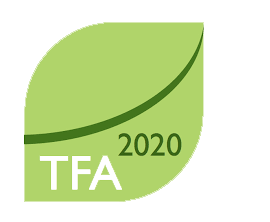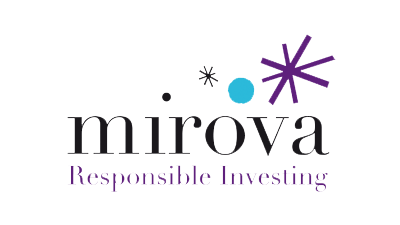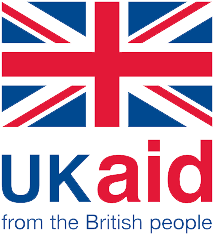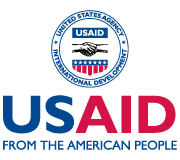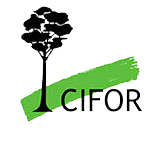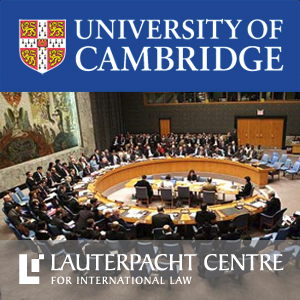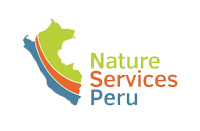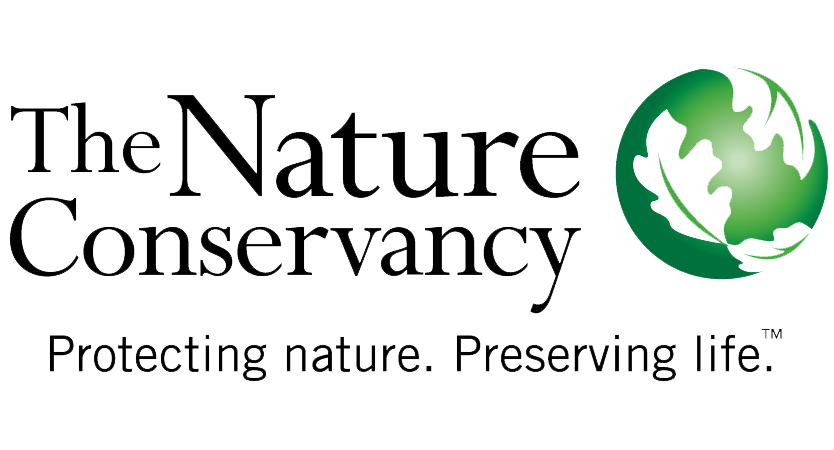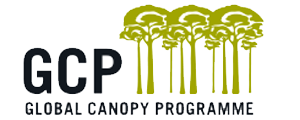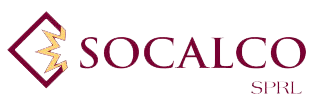Most of the funding spent and pledged to combat deforestation and forest degradation as part of REDD+ has come from public sources. There is, however, a growing realization that private finance is necessary to half forest loss by 2020 and to end forest loss completely by 2030 as stated in the New York Declaration on Forests.
Policy makers can choose from an array of powerful tools: From changes in fiscal policies, to advance market commitments de-risking private investments to the use of green bonds raising capital for delivering REDD+ results.
These finance instruments have the potential to enhance the likelihood of stronger or more sustainable REDD+ results in addition to international public funding.
But which of these instruments are already in practice and how can international organizations work with financial institutions and governments to scale up the use of these instruments?
And how do REDD+ payments affect local livelihoods and environments? How can we set the “right” price for carbon, considering co-benefits for biodiversity and communities?
The session will draw on newest developments in global institutions (such as the Green Climate Fund) down to experiences with results-based payments from the ground.
Key questions addressed:
- What finance instruments can credibly lead to additional public and private capital for REDD+ implementation?
- Which instruments are (about to be) implemented in practice and deliver positive results?
- What is the “right” price for achieving desired results? Which and whose costs are considered in setting a price?
- What barriers need to be overcome and what concrete steps can be taken following the event?





